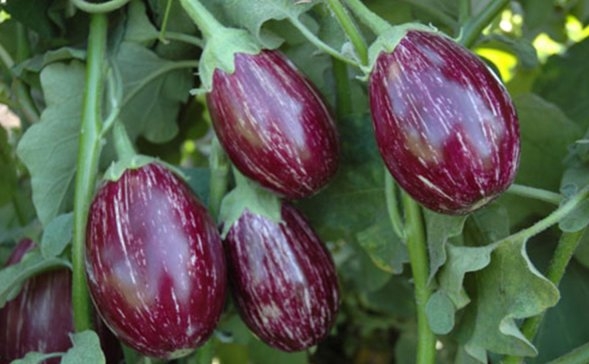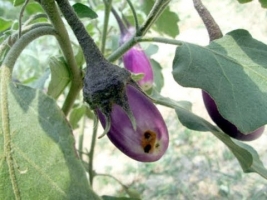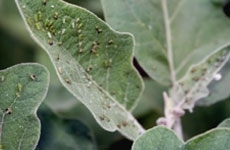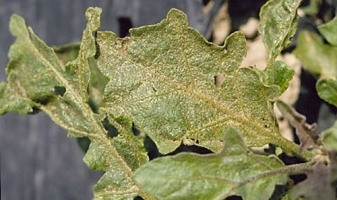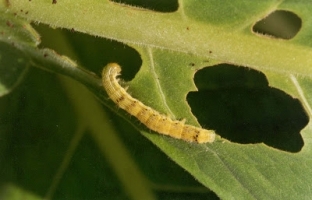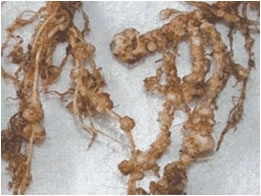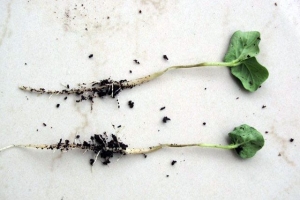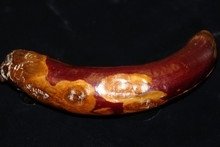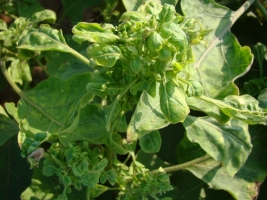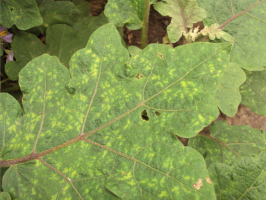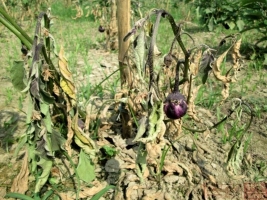Punjab Bahar: Plant height is about 93 cm. Fruits are of round, dark purple shinning color having less seeds. It gives average yield of 190 qtl/acre.
Punjab No 8: Plants are of medium height. Fruits are of medium size, round shape having light purple color. It gives average yield of 130 qtl/acre.
Jamuni GOI (S 16): Variety developed by Punjab Agriculture University. Fruits are long plumy and shining purple color.
Punjab Barsati: Variety developed by Punjab Agriculture University. These are tolerant to fruit borer. Fruits are of Medium size, long and purple color. It gives average yield of 140 qtl/acre.
Punjab Neelam: Variety developed by Punjab Agriculture University. Fruits are of long purple color.It gives average yield of 140 qtl/acre.
Punjab Sadabahar: Variety developed by Punjab Agriculture University. Fruits are of long black color.It gives average yield of 130 qtl/acre.
PH 4: Variety developed by Punjab Agriculture University. Fruits are medium size and long. Fruits are of dark purple color. It gives average yield of 270 qtl/acre.
PBH-5: Released in 2017. It gives an average yield of 225qtl/acre. It has long, shining and black-purple color fruit.
PBHR-41: Released in 2016. It gives an average yield of 269qtl/acre. It has round, moderate to large, shining and is greenish purple color fruits.
PBHR-42: Released in 2016. It gives an average yield of 261qtl/acre. It has egg-round shape, moderate, shining, and black-purple color fruits.
PBH-4: Released in 2016. It gives an average yield of 270qtl/acre. It has moderately long, shining and black-purple color fruits.
Punjab Nagina: Released in 2007. It gives an average yield of 145qtl/acre. It has black-purple color and shining fruits. The variety is ready for harvesting after 55 days of sowing.
BH 2: Released in 1994. It gives an average yield of 235qtl/acre. The average weight of fruit is 300gm.
Punjab Barsati: Released in 1987. It gives an average yield of 140qtl/acre. It has moderately long and shining purple fruit.
Other States Variety:
Pusa Purple Long: Early maturing variety. Ready to harvest in 70-80 days after sowing in winter season and 100-110 days during summer season. Plant having medium height, fruits are of long, purple color. It gives average yield of 130 qtl/acre.
Pusa Purple Cluster: Developed by ICAR, New Delhi. Medium duration variety. Fruits are of deep purple color and borne in clusters. It is moderately resistant to bacteria wilt.
Pusa Hybrid 5: Fruits are long with dark purple color. Ready to harvest in 80-85 days. Gives average yield of 204 qtl/acre.
Pusa Purple Round: It is tolerant to little leaf and shoot and fruit borer.
Pant Rituraj: Fruits are round with attractive purple color with less seed. Gives average yield of 160 qtl/acre.

